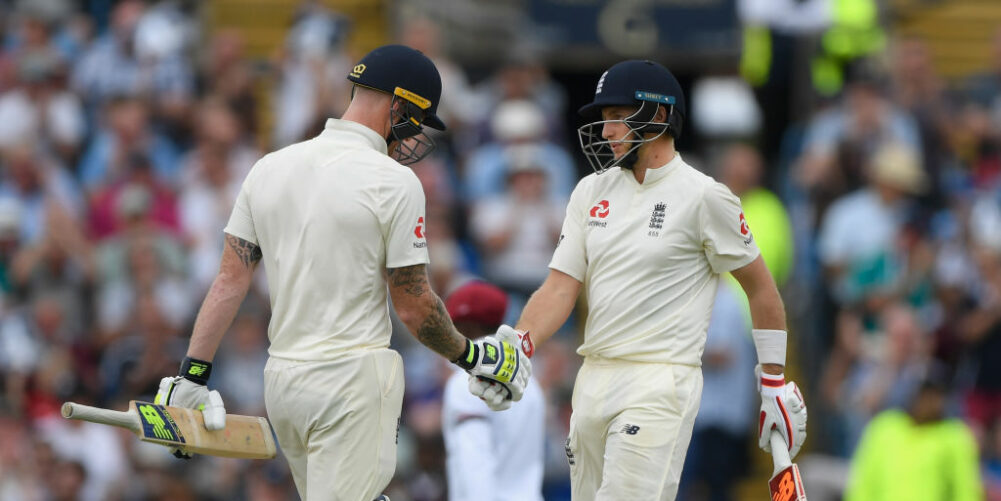By Peter Hayter
Even though Ben Stokes has been found not guilty of affray at Bristol Crown Court, the debate inside the court of public opinion over what happened in the city on that fateful night last September will continue to rage, at least until the ECB’s disciplinary processes have been gone through, almost certainly beyond that and probably until the end of his career.
Indeed, as their Cricket Discipline Committee seems some way from action one way or the other, England had little or no choice but to bring Stokes straight back into the squad for the third Test of the Specsavers series against India at Trent Bridge, which means neither he nor we will be granted even a moment’s respite from this grim tale for the foreseeable future.
But for those who have long since given up caring about the rights and wrongs of the case and who only want to see England’s most potent all-round cricketer present in the ranks on a permanent basis, what happened in his absence from the second Test at Lord’s threw up an intriguing possibility.
While Stokes was still available, in the opener at Edgbaston, the man-of-the-match award was grabbed by Sam Curran, the 20-year-old Surrey all-rounder, for the breakthrough left-arm swing bowling in India’s first innings and brave second innings 63 from 65 balls that set up England’s 31-run victory.
While, for the second at headquarters, Stokes was otherwise engaged, the man-of-the-match award was earned by Chris Woakes, the 29-year-old Warwickshire all-rounder, his similarly impressive bowling in both innings framing a brilliant unbeaten 137 which put England in a position from which only rain could deny them a 2-0 series lead.
What also happened at Lord’s, which had not happened in Birmingham, was that Stuart Broad hit one of those hot streaks which suggest any thoughts of his immediate departure from Test cricket must be put on hold.
All of which means that, assuming Adil Rashid will keep his place as the only spinner and that the Jos Buttler experiment is to be continued, the expected move would be to discard one of those two match-winning all-rounders to allow a third, Stokes, back in.
Departing from the expected for a moment, however, may I humbly propose that the term all-rounder may be the key to an alternative solution?
With Curran and Woakes in the most recent England team, that already makes two. It could be argued Jonny Bairstow qualifies as a third and even, at a pinch, that Rashid makes four.
But with the greatest respect to Alastair Cook and Joe Root and, with slightly less for obvious reasons to Keaton Jennings and Ollie Pope, what England are currently lacking is a proper, world-class specialist, top-order batsman, particularly one to make his own the no.4 position traditionally occupied by the best in your line-up (see Virat Kohli).
Could Stokes be the answer?
Probably not if he continues to be seen as a genuine all-rounder required to bowl twenty overs in a day if necessary, then come back and do it again.
But what if, with the all-round resources at their disposal, England decided Stokes’ greatest value to the side was as their permanent first-choice no.4, albeit also usable as a shock bowler to send down a few overs of express pace as and when?
Such a move would certainly reduce the risk of him picking up the kind of injuries that might force him to miss matches or worse as, with the years, he becomes more vulnerable to wear and tear.
Stokes has always insisted he views himself primarily as a batsman who can bowl and he possesses, unarguably, the best technique of all the batters, in defence as well as attack, and that includes Root.
National Selector Ed Smith has shown he is happy to make up his own rules in the face of conventional wisdom.
The following XI would provoke more debate about Stokes’ position in the side, but of a far healthier nature than that we have had to suffer in recent times.
Cook, Jennings, Root (capt), Stokes, Bairstow (wk), Buttler, Woakes, Curran, Rashid, Broad, Anderson.












